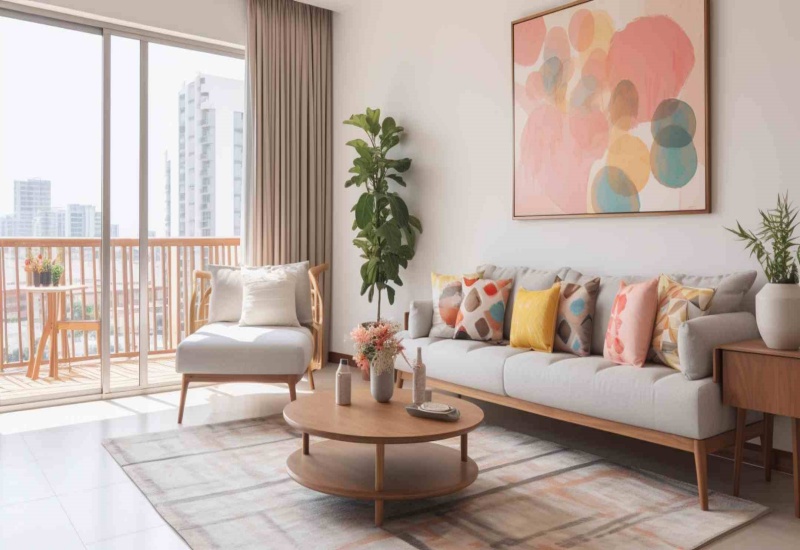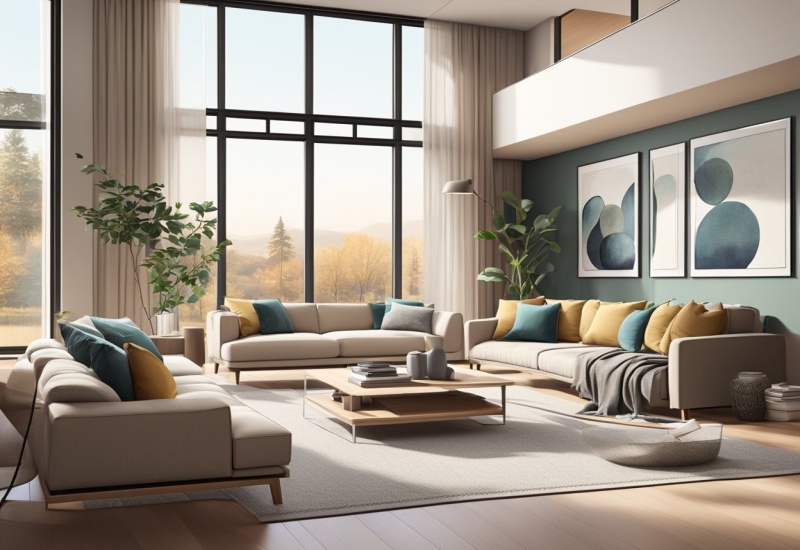One of the fundamental principles of successful interior styling is balance. Achieving balance involves distributing visual weight evenly across the room. This can be done through symmetrical arrangements, such as pairing two identical lamps on either side of a sofa, or through asymmetrical designs that still maintain a sense of equilibrium by mixing different shapes and sizes thoughtfully.
Color plays a pivotal role in interior styling. A well-chosen color palette can set the mood and tone of the room. Neutral bases with pops of color can create a dynamic yet grounded space. For instance, a living room with white walls and a neutral sofa can be enlivened with vibrant cushions, throws, and artwork, adding character without overwhelming the senses.
Texture is another crucial element in interior styling. Mixing various textures, such as soft textiles, rough wood, sleek metals, and glossy ceramics, can add depth and interest to a room. Layering textures helps to create a multi-dimensional space that feels rich and inviting. A plush rug, velvet pillows, and a knitted throw can make a seating area feel warm and cozy.

Furniture arrangement is key to both functionality and aesthetics. It’s important to consider traffic flow and the focal points of the room. Arranging furniture to facilitate conversation and maximize comfort can enhance the room’s usability. Additionally, incorporating statement pieces, like a standout coffee table or an elegant armchair, can anchor the space and provide visual interest.
Accessories are the final touch in interior styling. Personal items, such as family photos, travel souvenirs, and cherished artworks, infuse the space with personality and tell a unique story. However, it’s vital to avoid clutter by selecting a few meaningful pieces rather than overcrowding the room.



